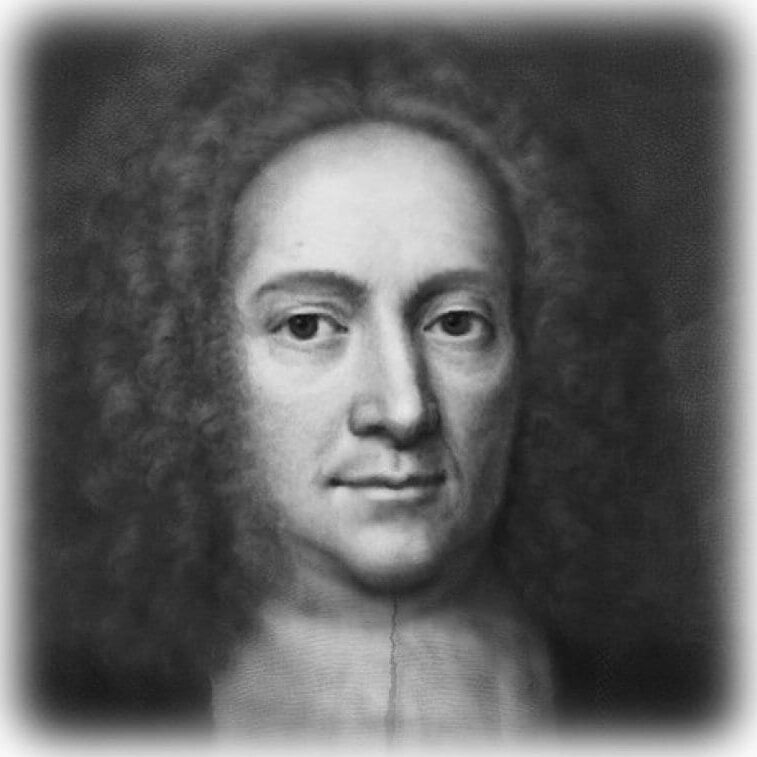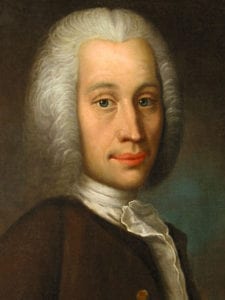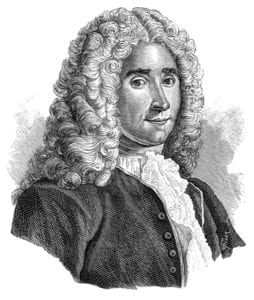Einar Perman
Stockholm, Sweden
In the world of medical science the names of people are often associated with the diseases they described (Crohn, Alzheimer, Dupuytren) or the procedures they introduced or pioneered (Heimlich, Valsalva, Romberg). Ranking high among such innovators are those who standardized temperature measurements. They remain household words, as shown by a Google search yielding over 81 million hits for Fahrenheit, 78 million for Celsius, and even 1.4 million for Réaumur. But who were these individuals?
Gabriel Daniel Fahrenheit (1668-1736) was born in Danzig (now Gdansk) in Poland. He was a glassblower with an early interest in science. In 1716 he invented the first mercury thermometer that gave reliable results. Because of this and other contributions to science he was elected in 1724 to the Royal Society in London and became a famous man. He lived and worked in The Netherlands, and died in 1736 of mercury poisoning.
Fahrenheit is best known for his mercury thermometer and its standardized scale. It had two reference points. The first was the temperature in a mixture of ice, water, and salt which was set as 0°F. Fahrenheit thought this was the lowest temperature that could be achieved in a laboratory. The second was freezing water at 32°F. The third was body temperature measured in the mouth or armpit. This was originally 96°F but was later changed to 98.6°F. Boiling water was 212°F. Fahrenheit’s scale became the primary temperature standard in medical, climactic, and industrial contexts in English-speaking countries before the Celsius scale was introduced.
Anders Celsius (1701–1744) was born in Ovanåker in Northern Sweden. He had a distinguished career in Uppsala where he became professor of astronomy. As a sideline he also made a new scale for the mercury thermometer which made it easier to calibrate and use. The Celsius scale had two reference points: the freezing point of water at 0°C, its boiling point 100°C, and 100 degrees in between. He had 0°C at the top of the scale with 100°C at the bottom. He published his proposed scale in an article in 1742. After his death, the scale was turned around 180 degrees and gave the thermometer its present look. This improvement has been ascribed to Linnaeus.
During his lifetime, Celsius did not become famous for his new temperature scale. His system has been gradually adopted by most countries during the 200 years since his death, but America has officially retained Fahrenheit, and England still uses the scale in newspapers and colloquially.
Why are England and America still using Fahrenheit long after most other countries have switched to Celsius? There are historic reasons. Fahrenheit invented the mercury thermometer and its first scale. Being a member of the British Royal Society helped in getting his scale widely accepted in the English-speaking world. A switch from Fahrenheit to Celsius would take time and involve much work (and expense).
René Antoine Ferchault de Réaumur (1683–1757) was born in a wealthy family in La Rochelle, France. He had a distinguished career in science and became a prominent zoologist. He was elected a member of the French Academy of Science in 1708. In 1730 he published an article about an alcohol thermometer where the freezing point of water was 0°R, but its boiling point was 80°R. In Europe his scale became widely used in food production. His thermometer and scale were published before Celsius published his scale. However when the Celsius scale became popular, Réaumur’s thermometer was less used. Its only present use is apparently in measuring milk temperature during the production of hard cheese in some European countries.
These three prominent scientists in different European countries contributed to the development of the modern thermometer, making it a reliable tool in many areas of science.



EINAR PERMAN, MD, PhD, is a retired physician living in Stockholm, Sweden. He is a member of Hektoen International’s international editorial board.

Leave a Reply